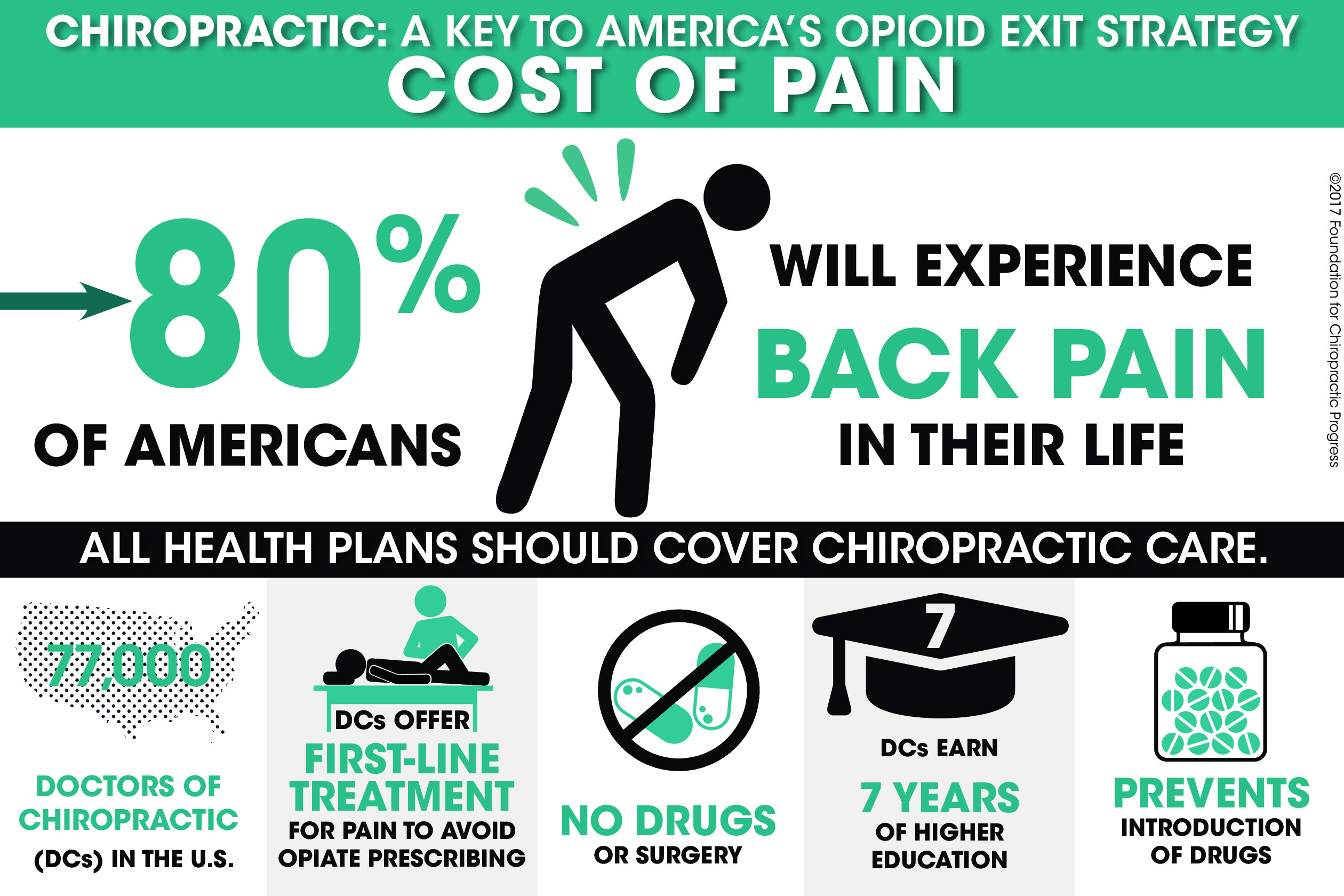As you discover the world of cold laser therapy, you'll uncover a world of possibilities for pain relief that is both intriguing and reliable. The ingenious method of utilizing light to attend to various conditions might simply be the trick to opening a new degree of comfort and healing for you. So, why not find exactly how this non-invasive treatment is improving the landscape of pain monitoring and offering wish to those looking for all-natural treatments for their discomfort?
Comprehending Cold Laser Treatment
To comprehend cold laser therapy, you need to realize the essential concepts behind this non-invasive treatment approach. Cold laser therapy, additionally referred to as low-level laser treatment (LLLT), utilizes specific wavelengths of light to engage with tissue. The light energy passes through the skin and is absorbed by cells, activating a collection of biological reactions. These reactions help advertise healing, minimize swelling, and minimize discomfort.
The vital to recognizing cold laser therapy depends on its ability to boost cellular function. When the light power is absorbed by cells, it improves their metabolic rate and speeds up the production of ATP, the power resource for cells. This boost in cellular activity can bring about boosted blood circulation, tissue fixing, and pain relief.
Perks of Cold Laser Therapy
Harnessing details wavelengths of light, cold laser therapy supplies a series of benefits for discomfort relief and recovery. Among the vital advantages of cold laser therapy is its non-invasive nature. Unlike procedures, cold laser therapy does not require incisions, making it a much safer and extra comfortable option for several patients.
Furthermore, cold laser therapy is understood for its ability to decrease swelling. By targeting irritated areas with concentrated light power, the treatment aids to decrease swelling and promote much faster healing.
Furthermore, cold laser therapy is a popular choice due to its marginal side effects. Unlike some medicines that can trigger negative responses, cold laser therapy is mild on the body and usually well-tolerated. This makes it an appropriate option for people searching for a natural and low-risk discomfort relief option.
https://www.healthleadersmedia.com/clinical-care/can-laser-therapy-treat-covid-19-pneumonia is the quick recuperation time connected with cold laser therapy. Since the treatment boosts the body's natural recovery processes, people usually experience fast enhancements in their problem without the requirement for long term downtime.
Problems Dealt With With Cold Laser
Cold laser treatment successfully treats a range of problems varying from musculoskeletal injuries to persistent pain. For musculoskeletal injuries like strains, strains, and tendonitis, cold laser treatment can help reduce swelling, alleviate pain, and promote cells repair work. It's also helpful for dealing with arthritis by minimizing joint discomfort and stiffness.
Additionally, cold laser therapy can assist in speeding up the healing process for injuries and injuries by enhancing circulation and promoting cell regeneration.
Chronic discomfort problems such as fibromyalgia, neuropathy, and reduced neck and back pain can likewise be efficiently handled with cold laser treatment. The treatment functions by targeting the source of discomfort and setting off a biochemical waterfall that reduces discomfort level of sensitivity and swelling.
Furthermore, smoking laser like carpal tunnel syndrome, TMJ disorders, and plantar fasciitis can gain from the pain-relieving and anti-inflammatory effects of cold laser therapy.
Final thought
In conclusion, cold laser treatment is a safe, efficient, and non-invasive treatment option for pain alleviation.
With its capacity to promote recovery, reduce swelling, and alleviate discomfort, this innovative treatment offers an all-natural and low-risk alternative to operations.
Whether you're handling persistent discomfort, sports injuries, or arthritis, cold laser treatment can give alleviation and improve your lifestyle without the demand for intrusive treatments.
